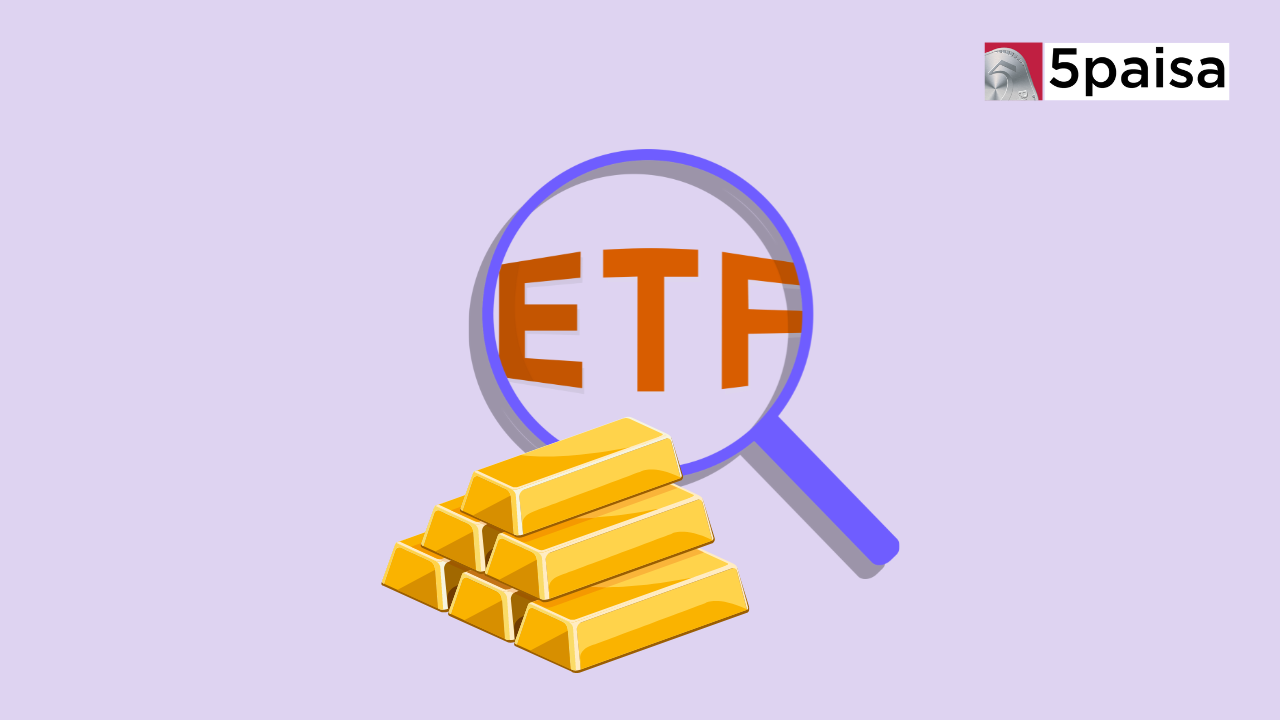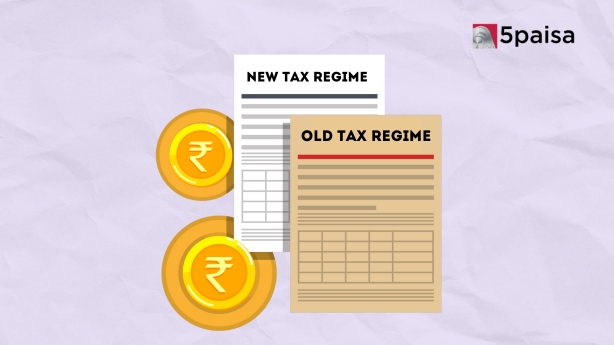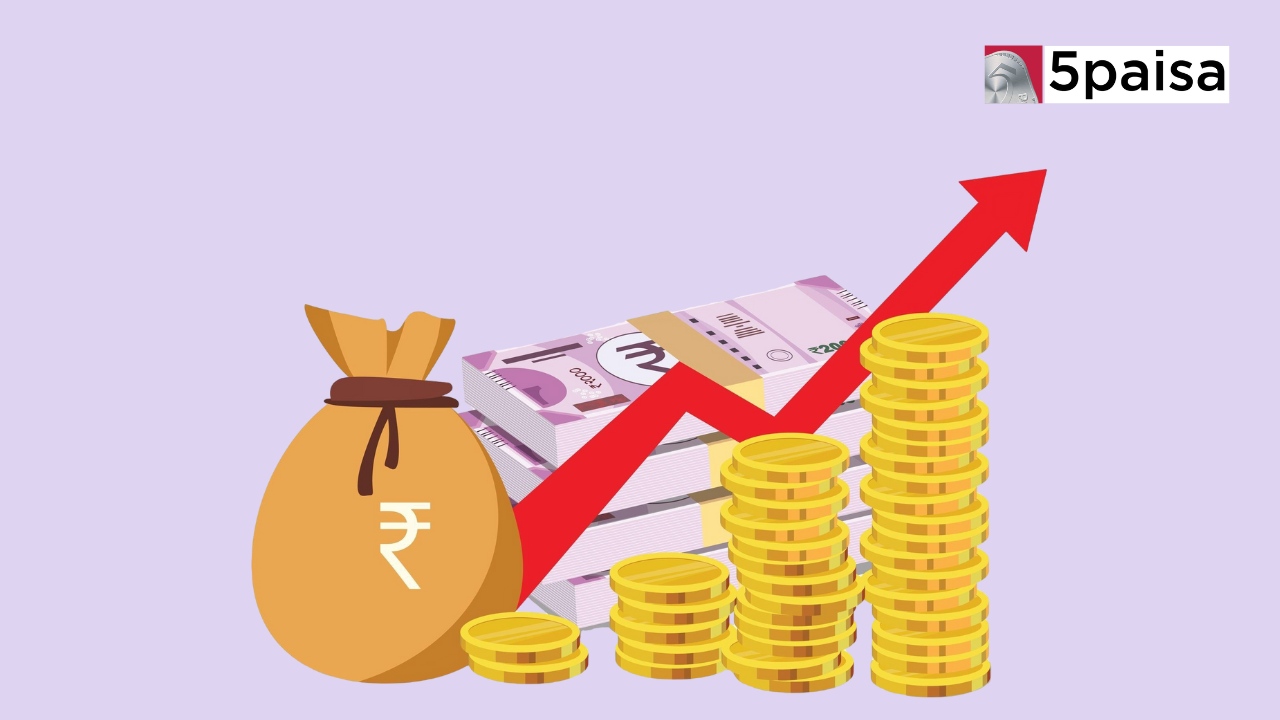3 Technologies Disrupting Finance in 2025: AI, Blockchain & Big Data Revolution
How to Invest in Gold ETFs

Ever felt like your investments are on a bumpy rollercoaster ride? Imagine adding something steady to your suitcase, like a favourite heavy book, to smooth things out. Gold ETFs are like that heavy book for your investments! They add a safe and steady element, just like gold itself. Unlike real gold bars you have to store, gold ETFs are easy to buy and sell, making them a great option for adding gold to your investment mix.
What Is a Gold ETF?
A gold ETF is an exchange-traded fund that tracks the price of physical gold. When you buy shares in a gold ETF, you essentially purchase a portion of the fund's large pool of gold bullion. Each unit or share of the ETF represents a fixed amount of gold, usually 1 gram.
Gold ETFs trade on stock exchanges like regular stocks, making it easy to buy and sell them throughout the trading day at transparent market prices. You hold gold ETF units in a dematerialised (electronic) format in your demat account.
Why Invest in Gold ETFs?
There are several reasons why you might want to consider investing in gold ETFs:
● Portfolio diversification: Gold has a low correlation with stocks and bonds. This means it tends to move independently and can help balance your overall portfolio, especially during market downturns.
● Hedge against inflation: Over the long term, gold has proven to be an effective hedge against inflation and currency fluctuations. As the purchasing power of paper money declines, gold tends to hold its value.
● Geopolitical insurance: In times of geopolitical tension and economic uncertainty, nervous investors often flock to gold as a safe haven asset. Having some gold exposure can provide peace of mind.
● Affordability and accessibility: Unlike buying physical gold, investing smaller amounts in gold ETFs is much more affordable and accessible for the average investor. You can start investing with just a few thousand rupees.
● No purity concerns: With gold ETFs, you don't need to worry about the purity or authenticity of the underlying gold. The ETF issuer takes care of sourcing and vaulting the bullion.
How Do Gold ETFs Work?
Gold ETFs aim to mirror physical gold's price (usually 99.5% purity) as closely as possible, minus fund expenses. Here's how the process works:
● The ETF issuer (usually an asset management company or AMC) purchases physical gold bullion and stores it with a custodian, often a bank.
● The total pool of gold is then divided into smaller units, each backed by a specific amount of the physical gold (e.g. 1 unit = 1 gram).
● These gold-backed units are listed on a stock exchange where investors can buy and sell them like regular stocks through their broker.
● The price of each gold ETF unit will move up or down to closely reflect the price movements of the underlying physical gold in the bullion market.
● The fund manager may charge a small annual fee or expense ratio (usually 0.5-1%) for managing the ETF.
Here's a simplified example: Let's say an AMC has 100 kg of physical gold in its vault. It creates 100,000 ETF units, each representing 1 gram of gold. If the market price of 1 gram of gold is ₹5000, each ETF unit will trade around ₹5000 on the exchange (minus any small price variations and fund expenses). If gold prices rise by 10%, the ETF unit price will rise by roughly 10% and vice versa.
Types of Gold ETFs
While most gold ETFs are similar in structure and objective (i.e. tracking physical gold prices), there are a few different types to be aware of:
● Standard gold ETFs: These are the most common type, and they simply aim to track the spot price of gold. Examples include the Nippon India ETF Gold BeES and the SBI ETF Gold.
● International gold ETFs: Some Indian fund houses offer gold ETFs that track the price of gold on international exchanges like COMEX. These may be priced in dollars and add an element of currency risk. The Motilal Oswal MOSt Shares NASDAQ 100 ETF is one example.
● Gold savings funds are not pure ETFs but mutual funds that invest in gold ETFs. They may offer the added convenience of a SIP investment option. The Nippon India Gold Savings Fund is an example.
Benefits of Investing in Gold ETFs
● Liquidity: Gold ETFs are highly liquid and can be easily bought or sold on stock exchanges at transparent market prices during trading hours.
● Low cost: Gold ETFs have lower transaction costs and storage costs than physical gold. You also don't need to pay for making charges or worry about purity.
● Portfolio diversification: Adding gold ETFs to a portfolio of stocks and bonds can improve diversification and lower overall portfolio risk.
● Inflation hedge: Gold ETFs can effectively hedge against inflation and currency depreciation over the long term.
How to Invest in Gold ETFs
Investing in gold ETFs is a straightforward process:
● If you don't already have one, open a demat and trading account with a registered broker and complete the necessary KYC formalities.
● Log in to your trading account and select the gold ETF of your choice.
● Select the number of units you want to purchase and place a buy order on the exchange. You can place market orders (to buy at the current market price) or limit orders (to buy at or below a specific price).
● The order will be executed if enough sellers are willing to sell at your preferred price. The ETF units will be credited to your demat account.
● To sell your gold ETF units, place a similar sell order on the exchange. The proceeds will be credited to your linked bank account.
● You can monitor the daily NAV (net asset value) and price of your gold ETF units, just like any other stock investment.
Risks of Investing in Gold ETFs
While gold ETFs have many advantages, they are not without risks:
● Price volatility: Like physical gold, the price of gold ETFs can be volatile and fluctuate significantly based on various economic and geopolitical factors. This may not suit conservative investors.
● No fixed returns: Unlike bonds with a fixed interest rate, gold generates no regular income. Returns depend entirely on price appreciation.
● Expense ratio: While lower than physical gold, gold ETFs still charge an annual expense ratio (usually 0.5-1%) that can eat into returns over time.
● Tracking error: Due to various factors, the price of a gold ETF may not perfectly track the price of physical gold in certain cases. However, such tracking errors are usually minimal.
● Sovereign risk: Changes in government policies around gold trading and ownership can impact the operations and price of gold ETFs.
Factors to Consider When Investing in Gold ETFs
Before investing in gold ETFs, consider the following factors:
● Investment objective: Are you seeking long-term portfolio diversification or short-term trading gains? Gold ETFs may be more suitable for the former goal.
● Expense ratio: To minimise costs, look for gold ETFs with a lower expense ratio. Even small differences in annual fees can add up over time.
● Tracking error: Check the ETF's historical tracking error to see how closely it has tracked physical gold prices.
● Liquidity: I prefer gold ETFs with higher trading volumes and liquidity on the exchange. This can help me get better prices while buying or selling.
● Taxation: Gains on gold ETFs held for over 36 months are taxed at 20% with indexation benefits. Shorter-term gains are taxed as per your applicable slab rate.
● Asset allocation: Consider your overall asset allocation and risk tolerance. Financial planners often recommend a 5-15% portfolio allocation to gold and gold ETFs. Don't go overboard.
Conclusion
Gold ETFs can be a smart and convenient way to invest in gold without the hassles of buying and storing physical gold. By offering greater liquidity, lower costs, and easier portfolio diversification, gold ETFs have opened up gold investing to a wider audience. However, like any investment, they also come with risks that must be carefully considered. If you have a long-term investment horizon and want to hedge against inflation and diversify your portfolio, adding a small allocation to gold ETFs may be a prudent strategy. As always, research and consult a qualified financial advisor before making any investment decisions.
Frequently Asked Questions
What are the costs associated with investing in gold ETFs?
How does the price of gold ETFs correlate with gold prices?
What is the difference between gold ETFs and gold mutual funds?
- Flat ₹20 Brokerage
- Next-gen Trading
- Advanced Charting
- Actionable Ideas
Trending on 5paisa
02
 5paisa Capital Ltd
5paisa Capital Ltd
03
 5paisa Capital Ltd
5paisa Capital Ltd
Personal Finance Related Articles
Disclaimer: Investment in securities market are subject to market risks, read all the related documents carefully before investing. For detailed disclaimer please Click here.





